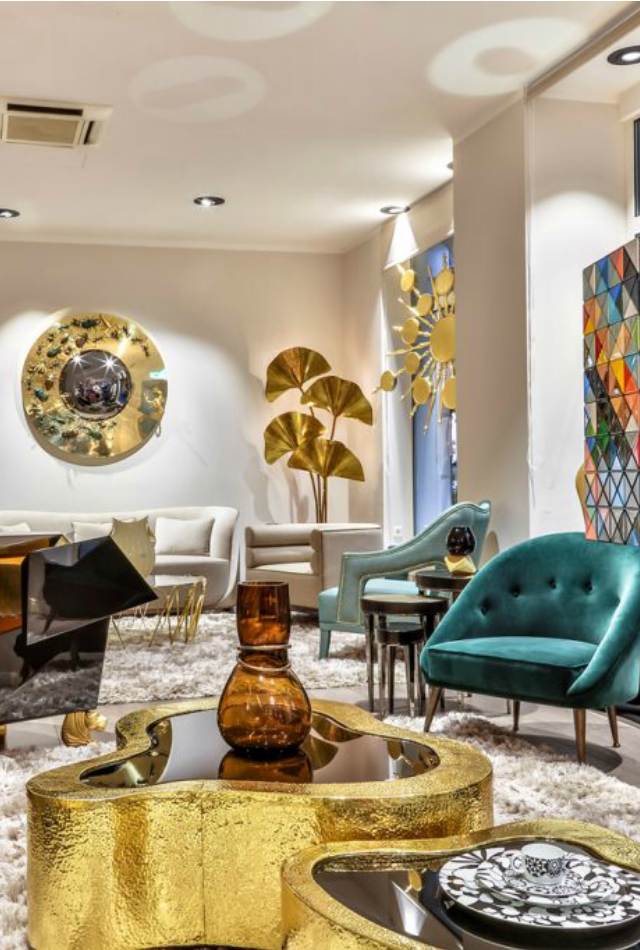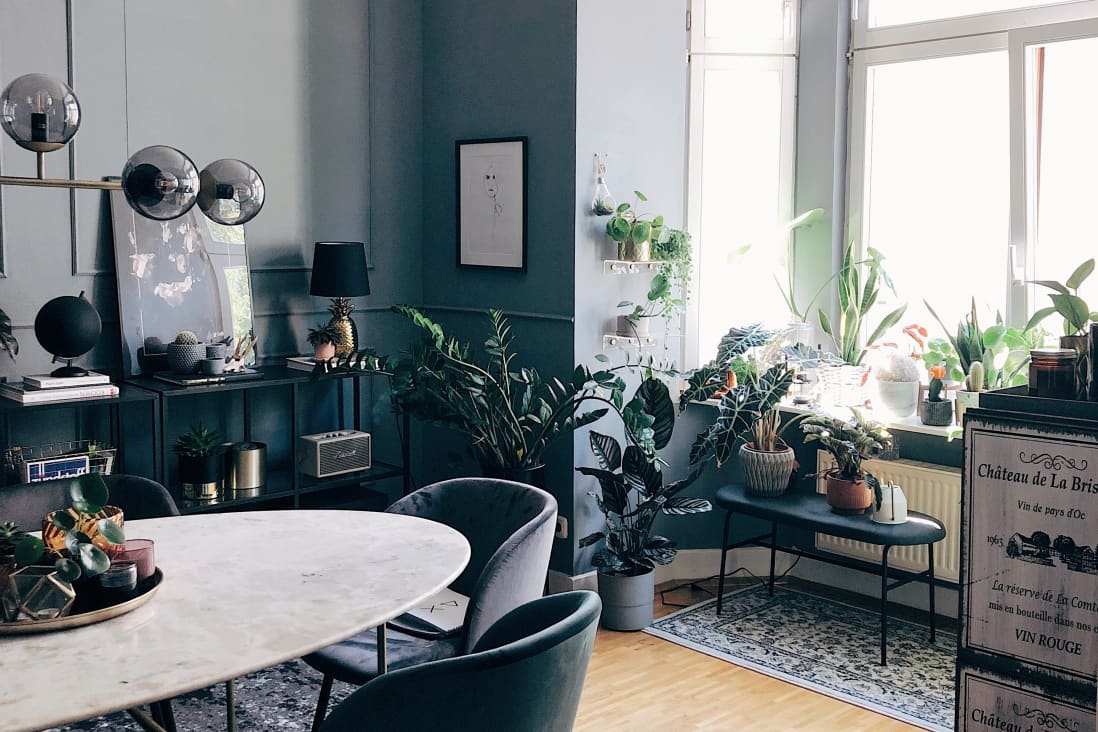Welcome to the world of German interior decorating, where style meets functionality in a harmonious blend. As someone who has lived in Germany and embraced its rich cultural heritage, I can assure you that German design is not just about aesthetics; it’s also profoundly rooted in practicality. This guide will delve into the key principles, styles, and practical tips that define German interior decorating, making your home not only beautiful but also livable.
Understanding German Interior Design Styles
German interior decorating encompasses various styles, each with its unique flair and charm. Let’s explore the most prominent styles.
1. Bauhaus Design
The Bauhaus movement, founded in 1919, is synonymous with German design. It combines art and technology to create functional yet aesthetically pleasing pieces. Bauhaus emphasizes clean lines, minimalism, and the use of industrial materials.
Key Features of Bauhaus Design
- Geometric shapes and forms
- Primary colors and muted tones
- Open spaces with natural light
- Functional furniture with ergonomic designs
2. Modern German Style
Modern German interiors reflect a blend of contemporary furniture, neutral colors, and innovative designs. This style focuses on creating inviting spaces that are practical and stylish.

Key Characteristics
- Neutral color palettes with pops of color
- Natural materials like wood and stone
- Minimalist furniture with a focus on comfort
3. Rustic German Style
Rustic German design brings warmth and coziness into a home. It’s characterized by the use of reclaimed wood, earthy tones, and traditional craftsmanship.

Key Features
- Wooden beams and exposed brick
- Handcrafted furniture
- Textiles with traditional patterns
The Philosophy Behind German Interior Decorating
German design is rooted in the principles of efficiency and sustainability. Homes are designed to be functional and adaptable to the changing needs of their inhabitants. Here are some important philosophies:

Functionalism
Every item in a German home serves a purpose. Clutter is minimized, and spaces are organized to enhance functionality.
Sustainability
Eco-friendly materials and energy-efficient designs are prioritized in German interior decorating, reflecting a commitment to sustainability.

Quality Craftsmanship
German artisans take great pride in their work. Investing in quality furniture and décor pieces is a reflection of the cultural value placed on craftsmanship.
Implementing German Interior Design in Your Home
Now that we have explored the styles and philosophies, let’s discuss how you can implement these ideas in your own space.

1. Start with a Color Palette
Select a neutral base for your walls and larger furniture pieces. Add splashes of color through accessories like cushions, rugs, and artwork. Here’s a simple color comparison table:
| Color | Description | Best Uses |
|---|---|---|
| Whites & Neutrals | Creates a clean, spacious feel | Walls, larger furniture |
| Earth Tones | Adds warmth and coziness | Textiles, accent walls |
| Bright Colors | Injects vibrancy into the space | Accessories, artwork |

2. Choose Functional Furniture
Look for pieces that are both stylish and functional. A multi-purpose sofa or a modular shelving unit can maximize space without compromising on style.
3. Incorporate Natural Elements
Use wood, stone, and plants to bring the beauty of nature indoors. This aligns with the German design philosophy of creating harmonious spaces.

Creating a Cozy Atmosphere
The Germans have a unique knack for making a home feel warm and inviting. Here are some tips:
Layered Textiles
Utilize a mix of fabrics for curtains, cushions, and throws. This adds texture and comfort to the space.
Warm Lighting
Opt for soft lighting options such as warm LED bulbs or decorative lamps to create a cozy ambiance.
Personal Touches
Display personal items like photographs, travel souvenirs, or handmade crafts to make the space feel uniquely yours.
Pros and Cons of German Interior Decorating
Every design style has its advantages and disadvantages. Here’s a quick overview:
Pros
- Functional and efficient living spaces
- Timeless and sustainable designs
- Focus on quality craftsmanship
Cons
- Can be perceived as too minimalist for some
- Initial investment in quality pieces can be high
- May require more effort to maintain a clutter-free environment
Frequently Asked Questions (FAQs)
What are the key elements of German interior decorating?
The key elements include functional design, quality materials, and a focus on sustainability. Emphasizing simplicity and minimalism is also crucial.
How can I incorporate German design principles in a small apartment?
Utilize space-saving furniture, keep a neutral color palette, and maximize natural light. Opt for multipurpose furniture that can adapt to different needs.
Is German interior design suitable for all styles of homes?
Yes! German design principles can be adapted to suit various home styles, including modern, traditional, or eclectic homes.
What materials are commonly used in German interiors?
Common materials include wood, metal, glass, and natural fibers. These materials are often chosen for their durability and aesthetic appeal.
Conclusion
German interior decorating is a beautiful blend of functionality, sustainability, and aesthetic appeal. By embracing the principles and styles covered in this guide, you can transform your home into a stylish yet practical haven. Remember, the goal is to create a space that reflects your personal style while welcoming comfort and warmth into your living environment.
Happy decorating!